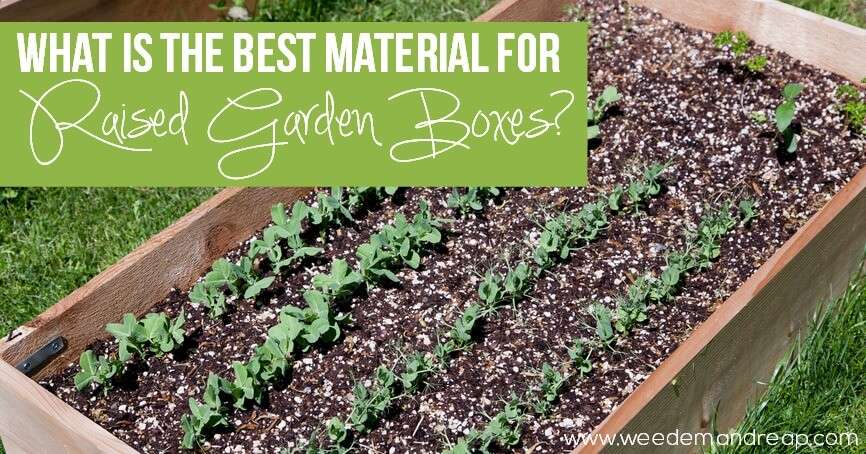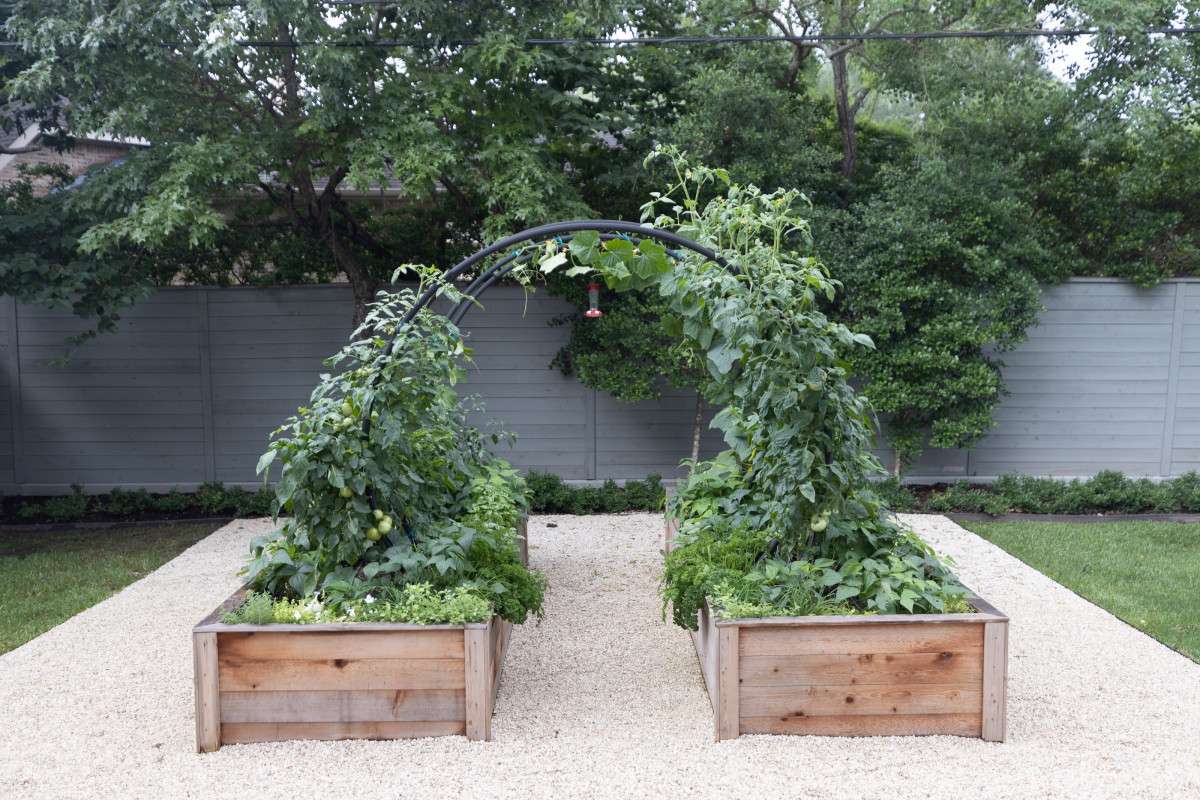In this article, we will explore the topic of choosing the safest material for raised garden beds. We’ll dive into different materials commonly used for garden beds and discuss their pros and cons in terms of safety. By the end of this article, you will have a better understanding of which material would be the best choice for your raised garden bed, ensuring a safe and enjoyable gardening experience.
Choosing the Safest Material for Raised Garden Beds
Gardening is not only a rewarding and fulfilling hobby, but it also allows you to have control over the quality and safety of the food you consume. Raised garden beds are a popular choice among gardeners, as they offer numerous benefits such as improved soil quality, better drainage, and easier maintenance. However, when it comes to choosing the material for your raised garden beds, safety should be a top priority. In this article, we will explore the factors to consider when selecting the safest material for your raised garden beds, including durability, safety, eco-friendliness, and cost.
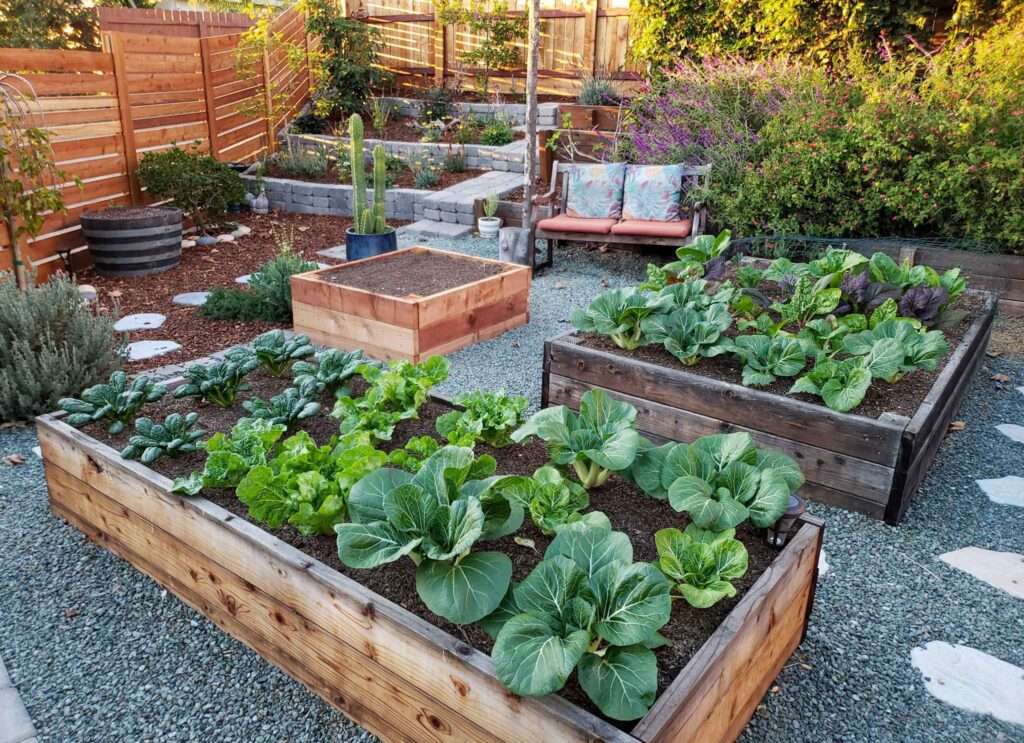
Durability of Materials
The durability of the materials used in raised garden beds is essential to ensure their longevity and structural integrity. When choosing the safest material, it’s important to consider how well it will hold up over time and under various weather conditions.
Wood, a popular choice for raised garden beds, can be quite durable depending on the type of wood used. Cedar, for example, is known for its natural resistance to rot and decay, making it a long-lasting option. Redwood is another durable wood that is resistant to insect damage and decay. Bamboo, while not as commonly used, is an incredibly strong and durable material that can last for many years.
Metal materials like galvanized steel, aluminum, and copper are also highly durable options for raised garden beds. These metals are resistant to rust and can withstand harsh weather conditions. They are less prone to deterioration and can provide a sturdy structure for your garden beds.
Plastic is another option to consider, although it may not be as durable as wood or metal. However, some plastic materials, such as recycled plastic, can still offer satisfactory durability, especially if they are made from high-quality, heavy-duty plastic.
Safety of Materials
Ensuring the safety of the materials used in your raised garden beds is crucial, as they will come into direct contact with the soil and potentially the plants that you will consume. It’s important to choose materials that are free from harmful chemicals and toxins.
When it comes to wood, it’s essential to avoid pressure-treated wood, as it contains chemicals such as arsenic that can leach into the soil and pose a health risk. Instead, opt for untreated wood or natural stone, which are both chemical-free options that are safe for growing edible plants.
For metal materials, look for options that are made from safe alloys. Galvanized steel, for example, is coated with a layer of zinc, which acts as a protective barrier and prevents the metal from leaching harmful substances into the soil. Aluminum and copper are also safe choices for raised garden beds, as they do not pose any known health risks.
When considering plastic materials, it’s crucial to choose BPA-free options. Bisphenol A (BPA) is a chemical commonly found in certain plastics, and it has been linked to various health issues. By selecting BPA-free plastics, you can ensure that your raised garden beds are safe for growing food.
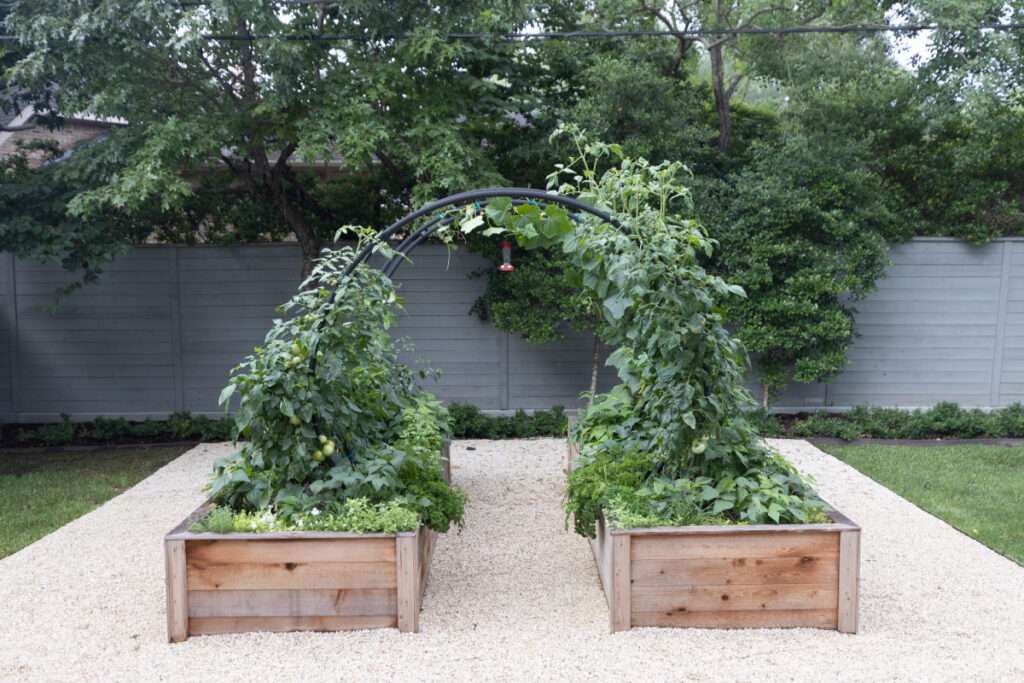
Eco-Friendliness of Materials
In addition to considering the safety and durability of the materials, it’s essential to choose options that are environmentally friendly and sustainable. Sustainable materials help reduce the overall impact on the environment and promote a more eco-conscious lifestyle.
Wood is a renewable resource, and opting for sustainably sourced wood such as cedar or redwood can help minimize deforestation. These types of wood are often harvested from responsibly managed forests and can be a more eco-friendly choice for your raised garden beds.
Recyclable metals like galvanized steel, aluminum, and copper are also eco-friendly options. These metals can be easily recycled at the end of their lifespan, reducing waste and energy consumption.
Plastics, on the other hand, can vary in terms of their eco-friendliness. While some plastic options may be made from recycled materials or can be recycled themselves, others may not be as environmentally friendly. It’s important to choose plastic materials that are labeled as eco-friendly, biodegradable, or made from recycled plastic to minimize environmental impact.
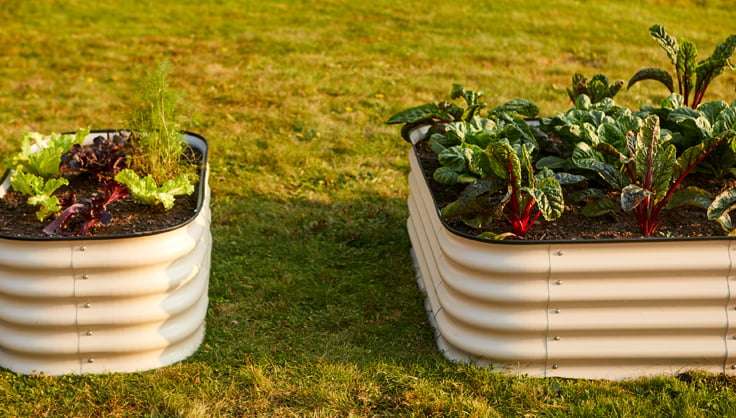
Cost of Materials
The cost of materials is another factor to consider when choosing the safest material for your raised garden beds. The price range can vary depending on the type of material you choose and the size of your garden beds.
Wood is often a cost-effective option for raised garden beds, especially if you opt for untreated or locally sourced wood. Cedar and redwood may be slightly more expensive initially, but their durability and longevity can make them a worthwhile investment in the long run.
Metal materials tend to be more expensive than wood, but they offer excellent durability and can last for many years. The upfront cost might be higher, but the long-term savings on replacements or repairs can make them a cost-effective choice.
Plastic materials can vary in price depending on their quality and eco-friendliness. While some eco-plastic alternatives may be more expensive, they can offer long-term benefits such as durability and sustainability.
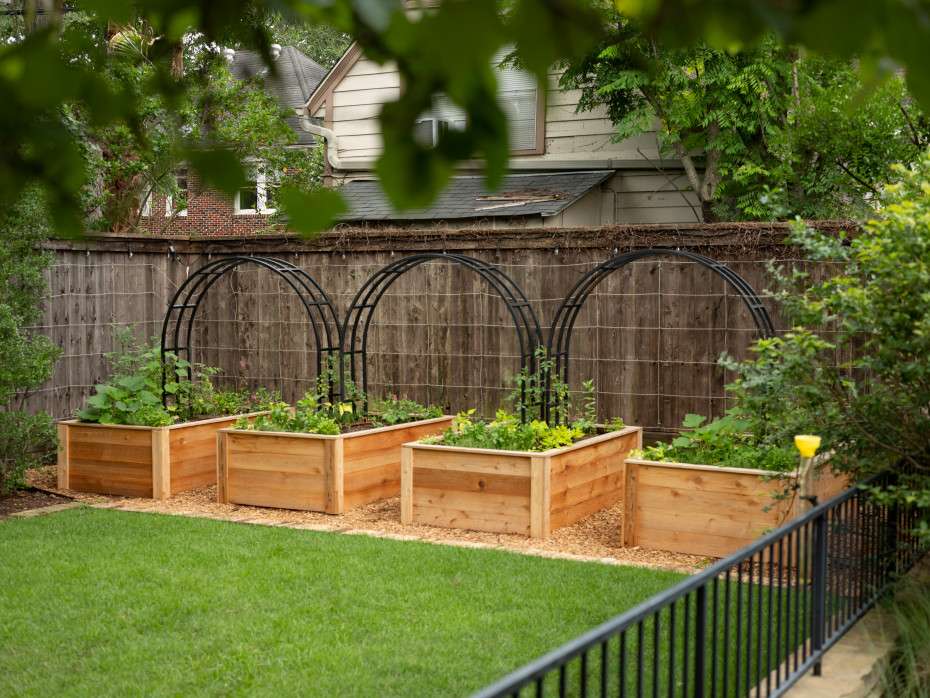
Conclusion
When it comes to choosing the safest material for raised garden beds, it’s important to consider a combination of factors, including durability, safety, eco-friendliness, and cost. While each material has its own advantages and considerations, there are plenty of options available that can meet your specific needs and preferences.
Whether you choose wood, metal, or plastic, make sure to select materials that are durable, free from harmful chemicals, environmentally friendly, and within your budget. By making an informed decision and considering all these factors, you can create a safe and sustainable garden that will provide you with fresh and healthy produce for years to come. Happy gardening!
